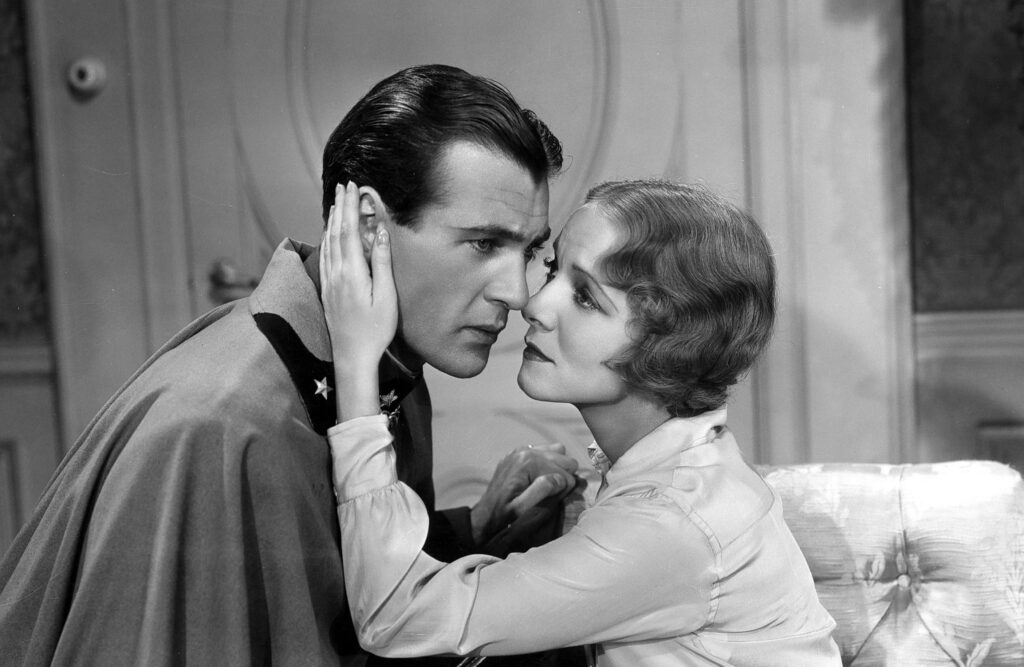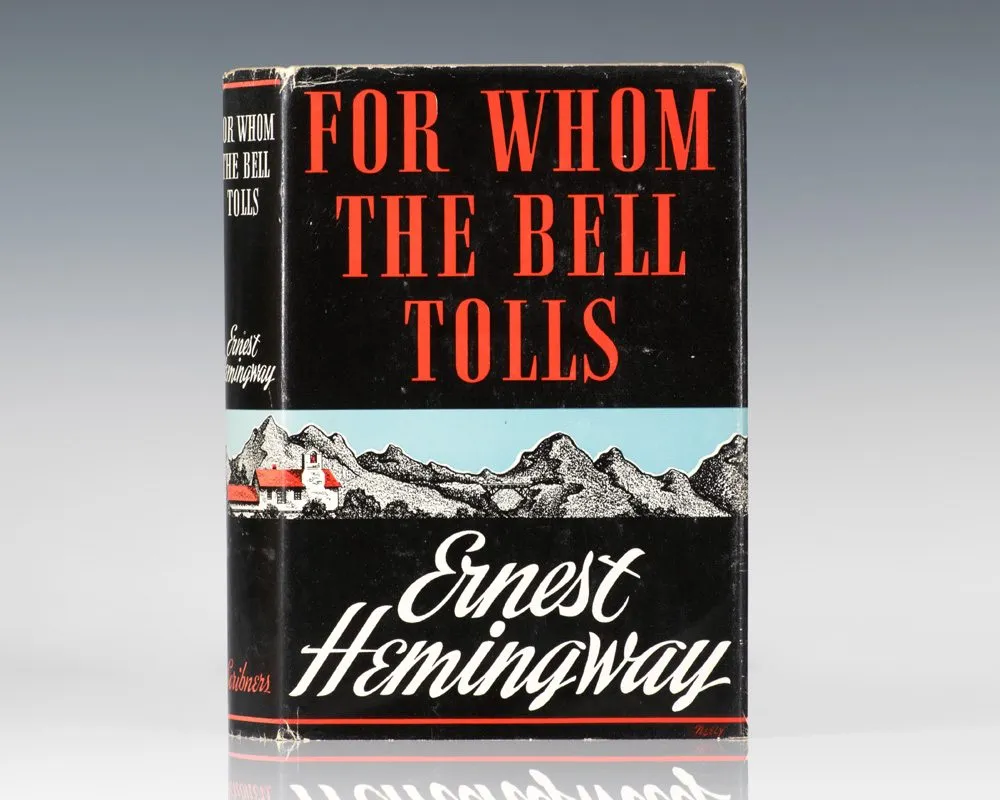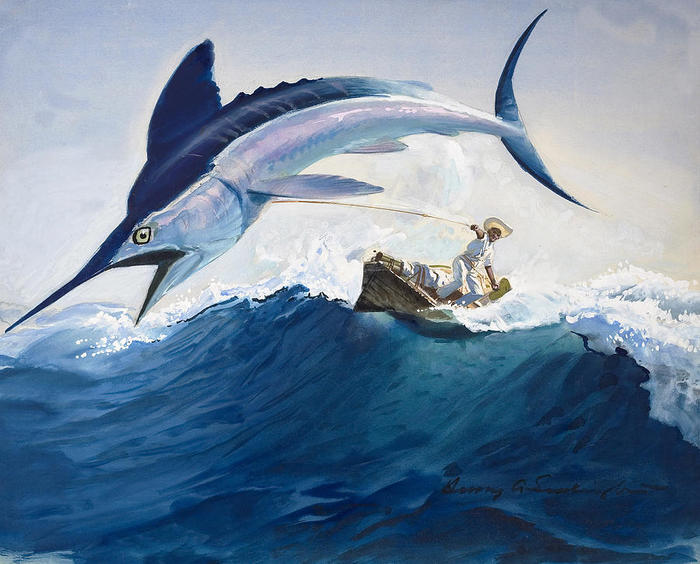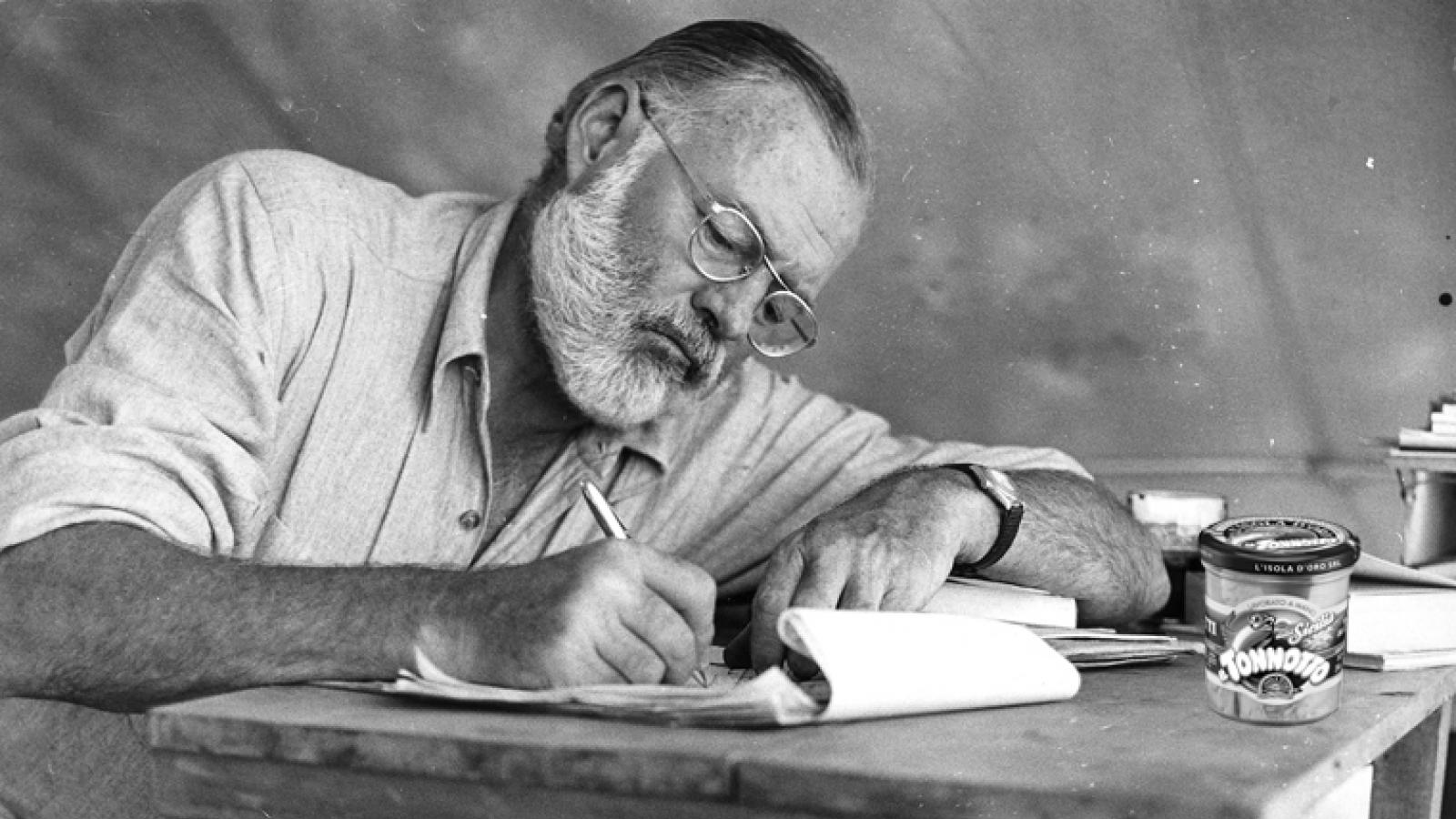Let us look at some of the most famous works of Ernest Hemingway, one of the most important writers of The Lost Generation, and what makes his writing so unique and enjoyable.
Amidst the ravaged world left in the wake of World War 1, there appeared a gathering of writers troubled by the weight of lost innocence and shattered dreams called “The Lost Generation.” With the goal of finding meaning amid apparent futility and chaos, The Lost Generation set out on a journey for answers through their writings. Characterized by their collective disillusionment, these wordsmiths sparked a profound literary movement and left its mark on the world.
One of the most iconic figures of The Lost Generation was Ernest Hemingway, a writer who cast a large shadow with his towering figure in the world of literature. His distinctive prose and firm literary voice clearly established him as an important part of this literary movement. Drawing inspiration from his experiences as an ambulance driver during World War I and his profound reflections on the nature of existence, Hemingway’s writings are a genuine, unfiltered look at the post-war era and beyond.
Renowned as a literary titan of the 20th century, he left behind a legacy of modern storytelling via his concise yet evocative style and adventurous spirit. Hemingway’s works were a deep exploration of the nuances of the human condition, looking at the complex themes of war, love, loss, and hope, along with the search for meaning in life.
Major Works of Ernest Hemingway
Hemingway wrote primarily between the mid-1920s and the mid-1950s, and his publication output and recognition for the same was quite high, culminating in the prestigious Nobel Prize in Literature award in 1954. Throughout his life, he published a total of seven novels, six collections of short stories, and two nonfiction works. Following his death, three novels, four short-story collections, and three nonfiction works were posthumously published. Regarded as classics of American literature, Hemingway’s works continue to reach and inspire new generations.
His most famous short story collection is The Snows of Kilimanjaro and Other Stories. Published after his death in 1961, it features a varied selection of his diverse short stories with his writing style. His most famous work of non-fiction is A Moveable Feast, also published posthumously in 1964. It is a memoir of Hemingway’s time in Paris during the 1920s, where he recalls his experiences with other members of The Lost Generation, such as F. Scott Fitzgerald, Gertrude Stein, and Ezra Pound. Readers are also given firsthand accounts of his life as a struggling young writer in the very active artistic community of Paris.
Let us look at some of Hemingway’s most famous and acclaimed novels!
Also Read: The Best Works of Daphne du Maurier and Why You Should Read Them
A Farewell to Arms (1929)

Considered one of Hemingway’s best novels, A Farewell to Arms follows Frederic Henry, an American ambulance driver stationed on the Italian front during World War I. Amid the chaos and horrors of the battlefield and warfare, Henry finds himself to be passionately entangled with Catherine Barkley, a charming English nurse. Their love flourishes amidst the bleak, ugly realities of war, and the Italian front acts as a haunting backdrop to their romance. The conflict increases as the story moves ahead, and Henry struggles with the trials of loyalty, duty, and the uncertainty of life in the face of a war-torn society and the reality of death.
This fascinating and semi-autobiographical book explores brutal, on-ground truths of war and the often devastating impact it can have on those involved. It has been highly regarded for its emotional depth. In fact, Hemingway famously rewrote the novel’s ending an astounding thirty-nine times, thus proving his commitment to finding the perfect words that resonate with the reader’s heart.
For Whom the Bell Tolls (1940)

Published in 1940, For Whom the Bell Tolls follows Robert Jordan, a young American volunteer serving with a Republican guerrilla unit during the Spanish Civil War in the late 1930s. Taking place during the final stages of the war, he is working on the vital mission of demolishing a bridge in Segovia during an attack. The novel assumes the reader’s awareness of the conflict between the Second Spanish Republic, backed by the Communist Soviet Union and supported by many foreign volunteers, and the Nationalist faction, receiving aid from Nazi Germany and Fascist Italy. Notably, the book was released just after the conclusion of the Spanish Civil War in 1939 and before the United States entered World War II, which commenced with Nazi Germany’s invasion of Poland on September 1, 1939.
Widely recognized as one of Hemingway’s finest literary works, For Whom the Bell Tolls is a compelling narrative that explores how a civil war can impact people. Hemingway’s prose captures the harshness and cruelty of war, the intricacies of human relationships, and the struggle between loyalty and sacrifice. The novel’s intriguing examination of the human spirit during a horrible conflict adds to it being considered one of Hemingway’s most well–received and lasting works that stands relevant to date.
The Old Man and the Sea (1952)

The Old Man and the Sea is an acclaimed novella, and arguably Ernest Hemingway’s most famous work, which follows the journey of Santiago, an aged Cuban fisherman. Unable to deal with a lengthy stretch of poor luck, Santiago sails by himself in his small boat to fish far out in the Gulf Stream. Following days of perseverance and determination, he hooks a giant marlin, embarking on an epic battle with the majestic creature. Because of his sheer tenacity and unyielding drive, Santiago forms a strong bond with the marlin, coming to respect and admire it. However, all this comes with a catch, as he must face the untiring forces of nature and the seemingly never-ending sea predators.
Hemingway’s poignant tale examines the themes of resilience, the strength of the human spirit, and the relationship between man and nature. The Old Man and the Sea is renowned for portraying the unwavering human spirit and the endless struggle between man and nature. Hemingway’s sparse yet evocative prose portrays the riveting story of Santiago as struggles with the giant marlin. Readers across generations have enjoyed reading the novella. It also led to him winning the Nobel Prize for Literature.
Why You Should Read Ernest Hemingway’s Works
You should read Ernest Hemingway’s writings for several compelling reasons, the biggest of them being his prose style which is a masterclass in the economy of words. Hemingway’s ability to depict powerful emotions, touching narratives, and multifaceted themes with simple yet memorable language is unparalleled, making his works accessible and enjoyable for the readers.
Characterized by its simplicity and directness, Ernest Hemingway’s writing style sets itself apart from the more poetic and wordy language favored by many of his contemporaries and predecessors. Using what became known as “The Iceberg Theory,” he wrote his prose with a minimalistic approach, leaving much tacit and allowing the most important elements of the story to lie beneath the surface, much like the bulk of an iceberg hidden from view. Despite its seeming simplicity, Hemingway’s writing is quite nuanced and hides various layers of complexity within his characters, settings, and storylines.
In many ways, his protagonists, like those in The Sun Also Rises, A Farewell to Arms, and For Whom the Bell Tolls, personify his life and times – young men, who are strong yet vulnerable, scarred by the consequences of war. Focusing on honor, bravery, durability, and dignity, The Hemingway Code, as it became known, helped guide the action of these protagonists in a harsh world often ravaged by war where things aren’t quite black and white.
Ernest Hemingway’s iconic prose style, with its avoidance of wordiness and sentimentality, has found itself as the inspiration for several authors in the 20th century.
Read More Recommendations: The Best Works of F. Scott Fitzgerald and Why You Should Read Them

